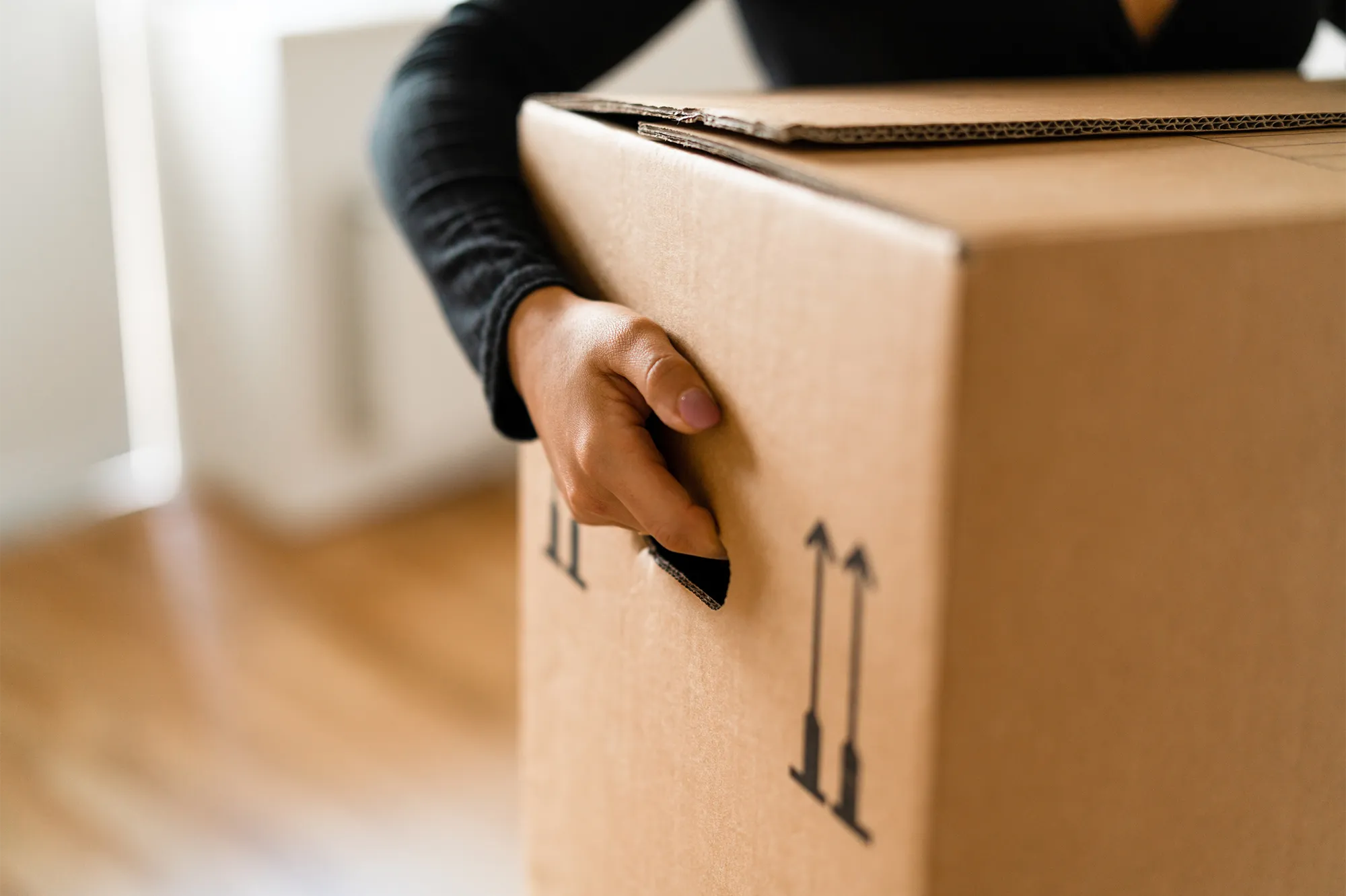
The modern lifestyle often leads to the accumulation of items that can create clutter and disorganization in our homes and offices. This clutter can contribute to stress, anxiety, and inefficiency. Self-storage provides a solution to declutter spaces, ensuring that both living and working environments are tidy, organized, and functional.
Benefits of Self-Storage for Decluttering
Maximize your space: Self-storage facilities offer additional space outside of one’s home or office, allowing for the storage of seasonal items, recreational equipment, or seldom-used belongings, thus freeing up much-needed living or working space. With less clutter, individuals can create more orderly and inviting spaces. This organization can increase productivity and create a more serene environment in both home and office settings. Self-storage units come in various sizes, offering the flexibility to store as much or as little as necessary. This flexibility can be particularly beneficial during life transitions, such as moving or downsizing.
Tips on Effectively Using Self-Storage for Decluttering
Itemizing: Before renting a storage unit, itemize belongings to determine what should be stored, discarded, or donated. This process can help in selecting the appropriate size for a storage unit.
Choosing the Right Unit: Select a storage unit that balances affordability and convenience. Since the keyword is “affordable,” it’s essential to shop around and compare prices to find a cost-effective self-storage solution that meets your needs.
Organization Inside the Unit: Use shelves and labeled containers within the storage unit for easy access and retrieval of items. Maintain an inventory list to keep track of stored belongings. Leave space to be able to access your
Accessibility: Choose a self-storage facility that offers convenient access hours that fit your schedule. This ensures you can get to your items when needed.
Check regularly: Periodically assess the self-storage unit and declutter it as well. This will ensure that you’re only storing necessary items and prevent storage from becoming another source of clutter.
Categorize and Inventory: Start by categorizing items and creating a detailed inventory. This step helps in determining the size of the self-storage unit required and facilitates organization within the unit.
Choose the Appropriate Unit Size: Based on the inventory, decide on the most suitable unit size. A smaller unit can suffice for document storage or a few items, whereas a larger unit may be necessary for furniture or an entire household’s contents.
Plan for Long-Term Storage: If storing items for the long term, ensure that they are packed and protected properly. For instance, use protective covers for furniture and store electronics in their original packaging if possible.
Consider Drive-Up Units: For large items or if frequent access is required, consider renting a drive-up storage unit. This feature simplifies the loading and unloading process.
Utilize Vertical Space: In smaller units, make use of vertical space with shelving to maximize storage capacity. This also helps keep items organized and accessible.
Self-storage facilities offer a diverse range of unit sizes, from small units suitable for storing boxes of personal items or documents to large units that can accommodate furniture, large appliances, and even vehicles. The versatility in unit size means self-storage can be tailored to fit the needs of individuals looking to declutter their homes, offices, or lives. Furthermore, some self-storage facilities also provide specialized parking storage options for RVs, boats, and other vehicles, which can be an ideal solution for those lacking space at home.
continue reading
Related Posts
Moving can be a stressful experience, but with some planning, […]
Self-storage facilities have become a popular solution for individuals and […]



